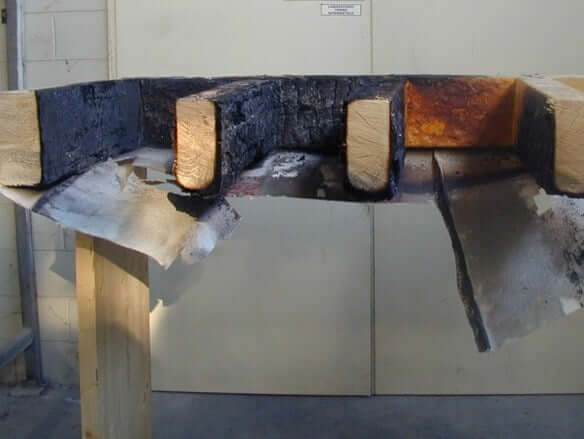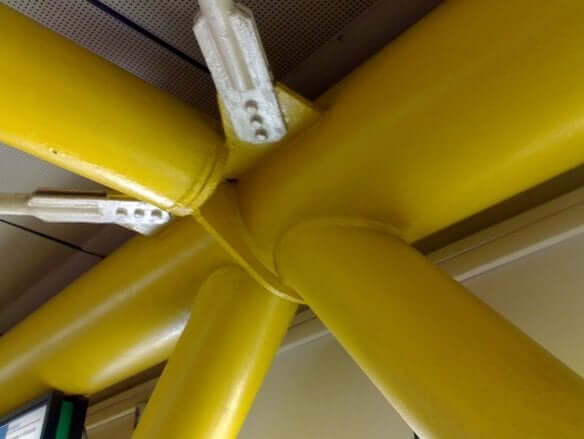
WHAT ISSUES MUST I CONSIDER FOR PASSIVE FIRE PROTECTION?
INTEGRATED SYSTEMS FOR PASSIVE FIRE PROTECTION

WHY DO I NEED FIRE-PROTECTION?
ACTIVE AND PASSIVE PROTECTION
THE REI ABBREVIATION
- Resistance = R = resistance/load bearing capacity
- Entretenir = E = integrity
- Isolement = I = insulation
DIFFERENT SOLUTIONS FOR DIFFERENT MATERIALS
Reactive paints – field of application steel, cast iron, wood, brickwork, reinforced concrete and pre-stressed concrete.
Pros: as well as being easy to apply, these are particularly popular because they leave the aesthetic appearance of the protected surface unchanged. Reduced weight, high mechanical strength and reduced bulk are further factors making this system popular.

REACTIVE / INTUMESCENT PAINTS

SOFT PLASTERS

RESISTANCE AND REACTION

INTUMESCENT OR FIRE-PROOFING PAINTS
-
Two defence mechanisms are used for protective paint systems, the first being intumescence while the second involves increasing the fire-proof properties of the materials.
- The word intumescence is derived from the Latin word intumescens “swelling”, and that is exactly how this defence mechanism works in paints that, when they are subjected to heat or flame, swell up and create a carbonaceous layer that acts as a protective barrier. The thermal insulation power of the foam generated by the chemical and physical process triggered by the rise in temperature increases the fire-resistance of the structure to which it is applied.
- A paint is defined as fire-proofing if it possesses properties that notably reduce the combustion capacity of the wood surface to which it is applied. Fire-proofing paints use chemical reactions intended to extinguish the flames or to limit their propagation. Fire-proofing paint therefore, alters the reaction to fire of the materials to which it is applied.
FOTO: Column with intumescence and wood after being subjected to Class 1

